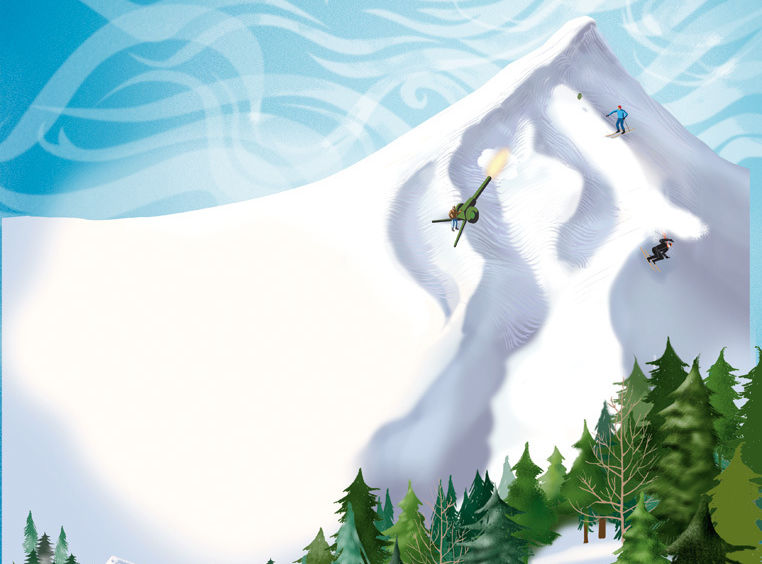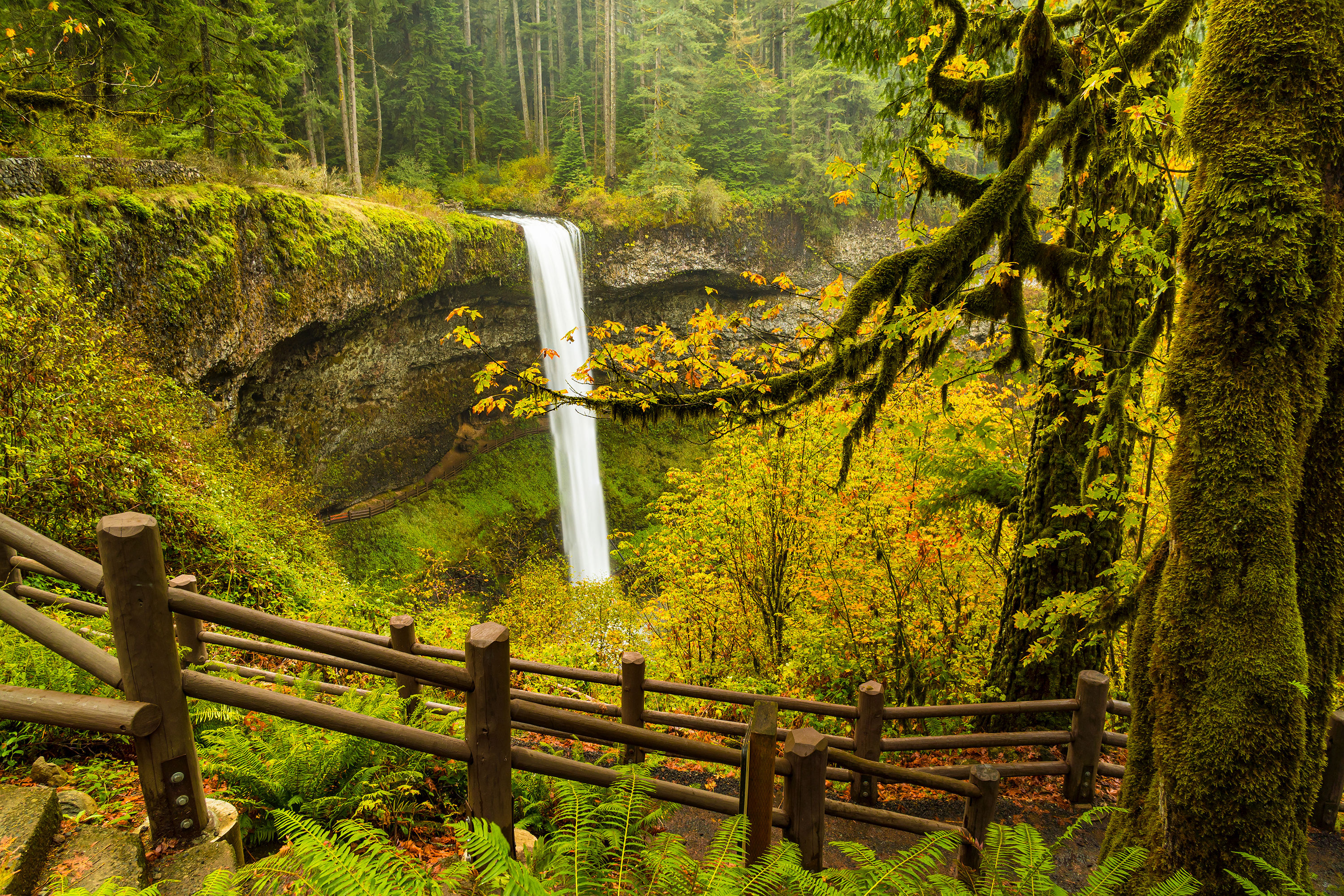Cannonball Run

Image: Thomas Cobb
Most M101A1 howitzers haven’t seen any action since Nixon left office, but the short-barreled cannons, which can blow things to smithereens from seven miles away, are about to head back into battle—on Mount Hood. This winter, Mt Hood Meadows will become the first resort in the Northwest to use the weapon for avalanche control. (Seven other US resorts already do, among them Utah’s famed Snowbird Ski and Summer Resort, which has been using howitzers since 1948.) The steep cliffs, open bowls, and 35 or so feet of annual snowfall in Meadows’ Heather Canyon, an experts-only section east of the main resort, make it a favorite for extreme shredding, but those factors also make it prone to avalanches. As a result, the resort frequently closes the canyon for safety’s sake. Until now. Meadows hopes that using artillery to control avalanches will keep powder hounds and patrollers out of harm’s way—and keep the runs open more often. Here’s a short course on how it all works.
THE BUILDUP
Our damp Northwest snow and seesawing winter temperatures set the stage for what are called “slab” avalanches. When heavy snowfall settles on a crust of ice from an earlier rain or thaw, the weight of a single skier can start a whole hillside sliding. (Despite what you may have seen in cartoons, a yodel alone isn’t enough.) A sudden, massive crack is usually the only warning that things are about to go downhill fast.
THE TAKEDOWN
To keep slabs from sliding at inconvenient times—like when someone is skiing on them—Meadows intentionally creates avalanches. This means lobbing explosive charges at trigger points like the head of Heather Canyon. Patrollers typically use a compressed-gas cannon called an Avalauncher to shoot small explosives at the slope from up to 1,093 yards away. But the Avalauncher isn’t particularly accurate, and one out of seven charges is a dud. The other option is to trek up part of Hood on skis, often in whiteout conditions and in winds up to 60 miles per hour, carrying 70-pound packs filled with explosives. The five-pound charges are then tossed at the slopes by hand. Yes, by hand. Understandably, Meadows isn’t exactly inundated with volunteers.
THE NOT-SO-SECRET WEAPON
Howitzers have a longer range and greater accuracy than the Avalauncher, and they’re safer than setting off hand charges. On Hood, teams of three highly trained ski patrollers will gather in a specially constructed building at 6,300 feet on Shooting Star Ridge (along the upper edge of Heather Canyon), carefully dial in the trigger point’s precise coordinates, and fire a few 105mm brass canisters (about the size of two soda cans stacked on top of one another) at the mountain. These explode on impact, generating a slide.
THE DANGER ZONE
Some backcountry skiers and climbers have voiced concerns that the howitzer could trigger avalanches outside the resort’s boundaries, in places like the popular Pea Gravel Ridge backcountry route east of Heather Canyon. But the US Forest Service points out that this hasn’t happened in 30 years of avalanche control.




